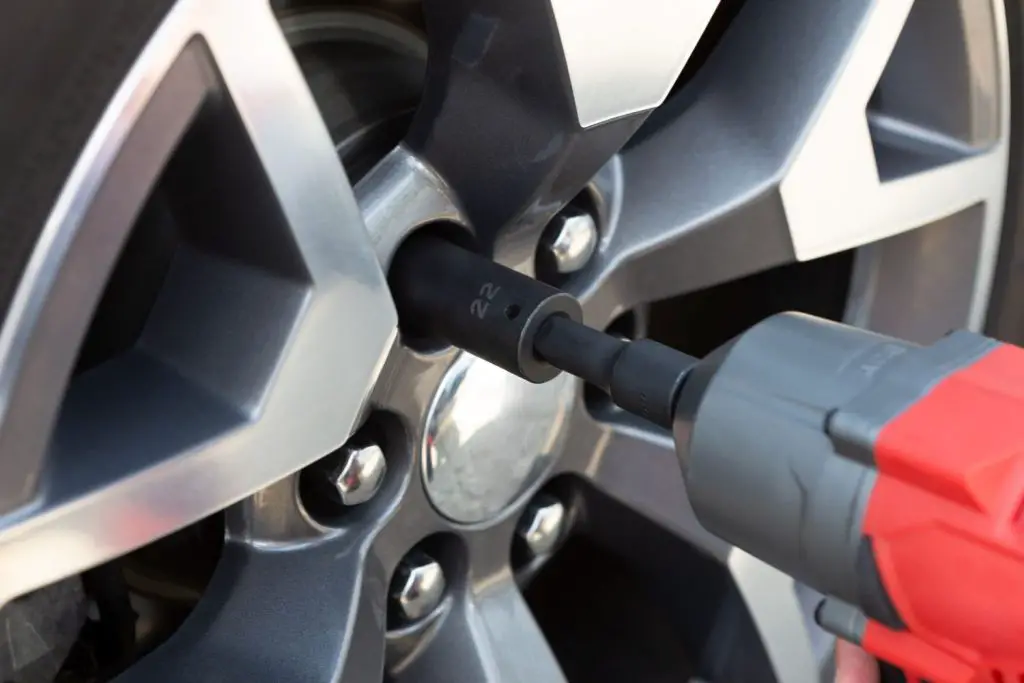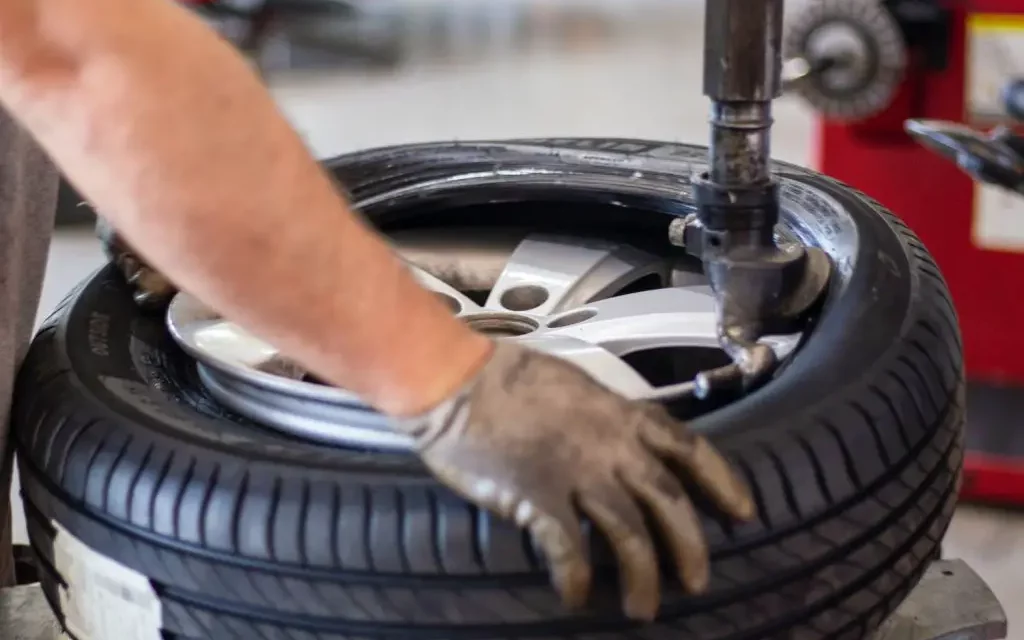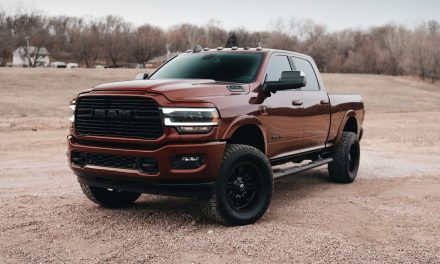I get commissions for purchases made through links in this post.
It is highly recommended that you replace all four tires on your vehicle at the same time. Due to uneven tread wear (especially if you don’t rotate your tires enough) having different tires on different sides of the vehicle can cause you to have less traction on the road, and in some cases can damage your car.
If you are in a pinch, you can replace only two tires on a front-wheel drive or a rear wheel drive vehicle. If you have an all-wheel-drive vehicle, you should never only replace two tires at a time, and should always replace all four, as uneven tread wear can damage your transfer case.
Table of Contents
Why do you have to change all four tires on AWD vehicles?
All-wheel-drive vehicles are designed to distribute power between all four tires at varying times, so having different tread depths or different tire types will cause the vehicle to send more power to one wheel than the other, which can lead to damage to the transfer case.
Having all four tires with the same tread depth and type is essential for proper system performance. If you do have different tread depths on different tires in an AWD vehicle, the transfer case will have to work considerably more, as the different tread depths will make the vehicle think that the tires are slipping, causing it to constantly distribute power to compensate.
This in turn causes the transfer case to overheat and can cause it to be damaged. This is why many vehicle and part warranties require you to replace all tires at once when needed, rather than just two.
Why can you replace only two tires on a two-wheel-drive vehicle (FWD & RWD)?
Two-wheel drive vehicles are simpler in design and don’t require the same level of power distribution as AWD vehicles. You can usually get away with replacing only two tires on an FWD/RWD vehicle while still maintaining performance and not damaging your vehicle.
However, if the tread depth is too different between the new tire and the other tires, you can still experience traction and handling issues. It’s important to note that while this is possible, it is not recommended unless necessary.
If you are considering putting winter tires on the front or rear of your vehicle, and not the opposite end of the vehicle, this is NOT recommended in any way. Due to the difference in traction on slippery surfaces, this can cause the end with no winter tires to drift onto one side or the other, and can easily cause an accident. Do not do this.
At what tread depth should you change your tires?
The most important thing to think about when replacing your tires is the tread depth. It is usually 10/32 – 12/32 in new tires. When the tread depth reaches 4/32, it is time to replace your tires (Paid Link).
That said, many summer and performance tires are built with lower tread depths from the factory, and you might find that you need to replace these tires even when new. In these cases, I would recommend checking with the manufacturer (of which all four should always be the same brand) of the specific tire to see when they recommend replacing your tires.
At what point should you replace your tires?
Here are seven different times when you should be considering replacing your tires, whether that just be two tires or four tires.
- When the tread depth reaches 4/32
- If your tires show uneven wear due to non-rotation
- If your tires become cracked or damaged in any way
- When you want to change tire types (e.g. summer to winter)
- When you are getting vibration in the steering wheel
- When you notice decreased performance in wet conditions
- If you have had your tires for over 6 years or more, regardless of tread depth (or when your tires have met their expiration date)

How do you shop for new tires for your vehicle?
When shopping for new tires, it’s important to consider your driving style and the type of roads that you usually drive on.
First, look up the size and speed rating of your current tires. You can find this information in the owner’s manual or stamped onto the side wall of the tire itself. This will ensure that you buy the right size tires for your vehicle.
Next, consider the type of tire you need. Do you require an all-season tire that provides good grip in both wet and dry conditions? Or are you looking for a performance tire specifically designed for summer driving? Knowing what kind of tire best suits your needs will help narrow down your search.
Finally, shop around for the best deal (I like this website here) (Paid Link). Check online reviews to see which tires have a good reputation and compare prices at different retailers. Also, consider tire warranties and roadside assistance policies when selecting your tires.
Frequently Asked Questions
How long do most tires last?
Most tires should last between 20,000 and 50,000 miles. Every tire is going to be a bit different when it comes to how long they last! Softer tires will give you more grip on the road, however, they also wear out faster, harder tires will last longer but have a harsher ride.
Why do new car tires wear out so fast?
New car manufacturers tend to put softer tires on their vehicles, as this gives better grip and considerably better comfort. However, the one downside to this is that they wear out considerably faster than most people would install on their vehicles themselves.
How do I make my tires last longer?
The easiest, and most important thing to do, to make sure your tires last longer is to keep an eye on the pressure of your tires. If you keep them at the level they should be at, then they will wear evenly. If you want to go a little more in-depth, you should also always keep your vehicle in alignment, as this being out of whack can quickly destroy new tires.
Conclusion
Replacing your tires can be a daunting task, but with a little bit of research and knowledge, it can also be quite straightforward. When deciding whether to replace all four tires at once or just two, consider whether you have AWD or 2WD, tread depth, amount of uneven wear, any type of cracking or damage, and the age of the tire.
Make sure to always shop around for the best deal and read up on reviews to ensure you are getting a quality product for your vehicle. Finally, keeping an eye on tire pressure and maintaining proper alignment of your car is key in making sure your tires last longer.





